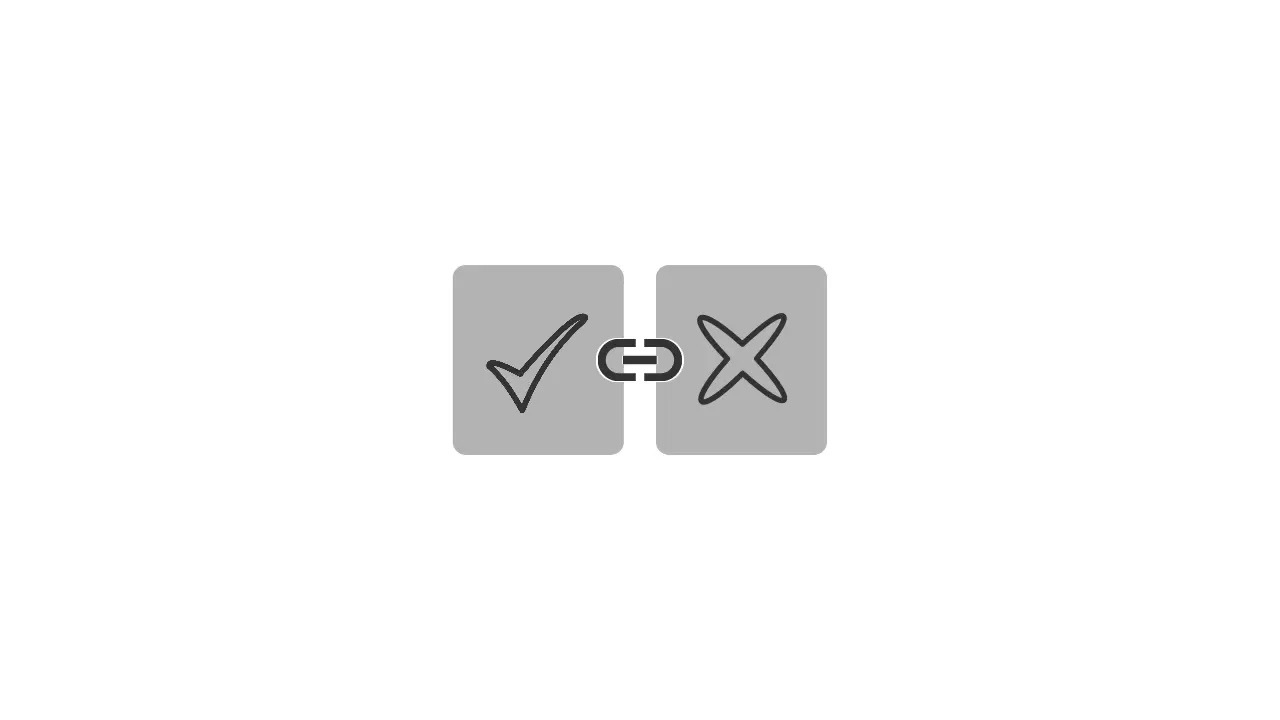About Dofollow and Nofollow Links and Their Impact on SEO
About Dofollow and Nofollow Links and Their Impact on SEO. Whenever we talk about search engine optimization, some common words we often hear are noindex, doindex, nofollow, dofollow, meta robots, and so on. All of these words are equally important in an SEO book.
One of the most frequently performed searches on the google search engine related to dofollow nofollow is backlink search. There are 2 (two) types of backlinks, namely Dofollow Baclink and Nofollow Backlink. And both will be the main discussion in this article because they both have different impacts on blog SEO.
In this post I will explain about Nofollow and Dofollow. Especially for beginners who are new to SEO or those of you who are still not clear about what is Nofollow or dofollow, and hope that this post will be useful. Where before, I have also explained in detail about the values of nofollow, noopener and noreferrer.
Do you know?
Nofollow is an HTML attribute value used to instruct search engine bots that the hyperlink should not affect the link's target ranking in the search engine index. This is intended to reduce the effectiveness of certain types of search engine spam, thus improving the quality of search engine results and preventing spamdexing. This is a concept introduced by Matt Cutts and Jason Shellen in 2005.
What is the Difference between DoFollow & Nofollow
The following is a brief explanation of the attribute value of dofollow link and nofollow link
DoFollow link
DoFollow is a rel attribute value that allows search engine bots to follow a link and reach the web page to which the link refers. DoFollow links are not only followed by visitors when the link is clicked, but search engine robots will also follow. In the DoFollow link, there is a transfer of SEO value or there is SEO value (link equity or link juice) that is passed from one web page to another web page or website.
There are two advantages to DoFollow links. Blogs will get traffic when someone clicks on the link and there is also a transfer of SEO value. For example, your blog gets backlinks from websites that have large traffic and high authority, it is very likely that your blog also gets a lot of traffic and rankings in the SERP will also go up.
For dofollow link types, you do not need to add any res or tags. That way, the link has become dofollow. For example:
<a href="https://Phamdom.blogspot.com">TelecomYaar</a>NoFollow link
Unlike DoFollow, NoFollow is a value from the rel attribute that instructs search engine robots not to follow the link. In the NoFollow link, there is no value transfer (link equity or link juice). NoFollow links are only used by people to open web pages to which the link points.
If your website gets NoFollow backlinks from other websites, your website does not get link juice. However, NoFollow backlinks are still useful by bringing in traffic when they come from websites that have large traffic. Similarly, if you create an external link to a website with less good authority or a website that is less trusted, using the NoFollow value will not damage your blog.
When and how is the NoFollow rel value used?
The nofollow value should be used in certain situations, the value of NoFollow can be used, for example you create an internal link to your profile page (e.g. profile blog etc.), or:
- You create an external link to a low authority website,
- you create an external link but do not want to transfer SEO value (link juice) or
- you create an external link to an irrelevant web page.
Google recently said that they will still count nofollow links as outbound links in terms of page rank distribution. But then again it also depends on where the nofollow link is placed. Placing a nofollow link at the bottom (comment column) of the page has the least impact, and when placed at the top of the page, it has a good impact for the blog (for example, if it is in an article, sidebar widget or menu).
Nofollow links are very easy to recognize because they have special attributes or there is the addition of rel after the link.
For example:
<a href="https://Phamdom.blogspot.com rel="nofollow">TelecomYaar</a>Types of Nofollow link
There are two types of nofoloow links that we can find on the website, namely:
- Meta Robot Tags
<meta name = "robots" content = "nofollow" />
This tells the bot / crawler / spider not to follow the link on the full page. - Attribute Links
<a href=" http://Phamdom.blogspot.com "rel="nofollow">
This tells search engines not to count links
To distinguish nofollow and dofollow tags, it can be seen from the addition of values or "rel". In a dofolow link, the anchor text created does not have a rel attribute that follows the link, while nofollow is very clearly visible in the value of "rel" that follows the link.
Thus a brief explanation of the value and difference of Nofollow and Dofollow Links and the consequences for SEO. Thank you




Komentar
Posting Komentar